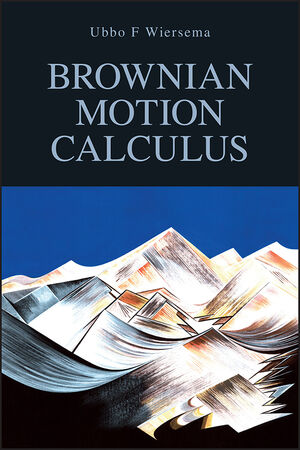Brownian Motion CalculusISBN: 978-0-470-02170-5
Paperback
328 pages
December 2008
 This is a Print-on-Demand title. It will be printed specifically to fill your order. Please allow an additional 10-15 days delivery time. The book is not returnable.
|
||||||
Do you think you've discovered an error in this book? Please check the list of errata below to see if we've already addressed the error. If not, please submit the error via our Errata Form. We will attempt to verify your error; if you're right, we will post a correction below.
| Chapter | Page | Details | Date | Print Run |
|---|---|---|---|---|
| 257 | Answer number [1.9.8] Answer number [1.9.8] should be number [1.9.9] |
|||
| 259 | Answer number [1.9.9] Answer number [1.9.9] should be number [1.9.6] |
|||
| 27 | Exercise [1.9.6] In line 2 where it says 'that passes through two gates' should be 'that passes through two positive gates' |
|||
| 28 | Exercise [1.9.12] (page 28) The reference to Figure 1.16 is not valid. The differentiable function that I used is not mentioned in the book, it was exp(t). The results are in Figure 1.17. |
|||
| 259 | Answer [1.9.9] Answer [1.9.9], which is actually the answer to [1.9.6] (as already mentioned in the errata list), has the coefficient missing in the second term of the joint density; it should be: 1 over the product of square root (t2-t1) and square root 2π. |
|||
| 114 | Errata P114 - Last line above section 6.6 heading, the words 'long' and 'short' should be reversed |
10th January 2014 | ||
| 276 | Answer to Exercise 4.10.7 Brownian Motion Calculus Answer to Exercise 4.10.7 On page 276, line 4, there are three expressions, namely: df/dS, d2f/dS2, (dS)2. The typesetting is rather compact. For greater readability imagine there is some space between these expressions. By way of check, one can derive dS from S = 1/f using the expression for df. |



